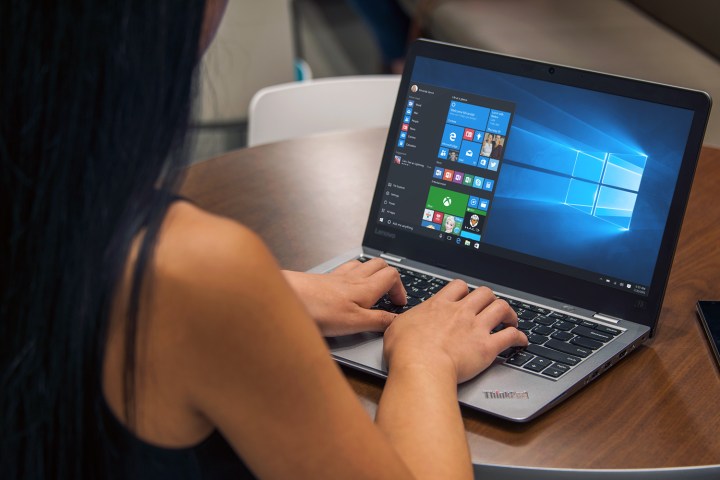
Microsoft divides updates to Windows 10 into two clearly defined categories; feature updates and quality updates. Feature updates, like the upcoming Fall Creators Update, introduce brand-new functionality as well as broader security protections. The more frequent quality updates tackle emerging security concerns, like newly discovered strains of malware.
Obviously, Microsoft wants to give PC users as many reasons as possible to keep their system up to date with both the latest quality updates, and the most recent feature update. This isn’t just part of the company’s goal of bringing the whole Windows community together under one banner — it’s a matter of maintaining security.
The fact that the first version of Windows 10 is reaching end-of-service means that it will no longer receive regular quality updates, leaving computers running it vulnerable to all kinds of new attacks. Anyone that hasn’t updated beyond that point will still be able to use their PC, but they’re running a considerable risk.
To encourage users to jump to the latest feature update and regain access to new quality updates, Microsoft will implement notifications that will urge the user to address the situation, according to a blog post published last week. Windows 10 already has something of a reputation for bugging users, but it’s easy to see where Microsoft is coming from in this situation.
People don’t like change, and that’s especially true when it comes to Windows — it was only a matter of months ago that Microsoft was able to officially end support for Windows Vista. Supporting several different versions of the OS uses up a lot of resources, and that’s why the company has been so aggressive in trying to make Windows 10 the norm.
That being said, it’s easy to sympathize with users who don’t want to see major changes to their OS hit every few months. Unfortunately, continual updates are the only appropriate response to today’s heightened security concerns — there’s really no other way to battle back.
Editors' Recommendations
- The next big Windows 11 update has a new hardware requirement
- Surface Pro 10: all the major changes rumored for the new model
- Windows 11 tips and tricks: 8 hidden settings you need to try
- How to adjust screen resolution in Windows 11 and older
- Windows 11 vs. Windows 10: finally time to upgrade?

